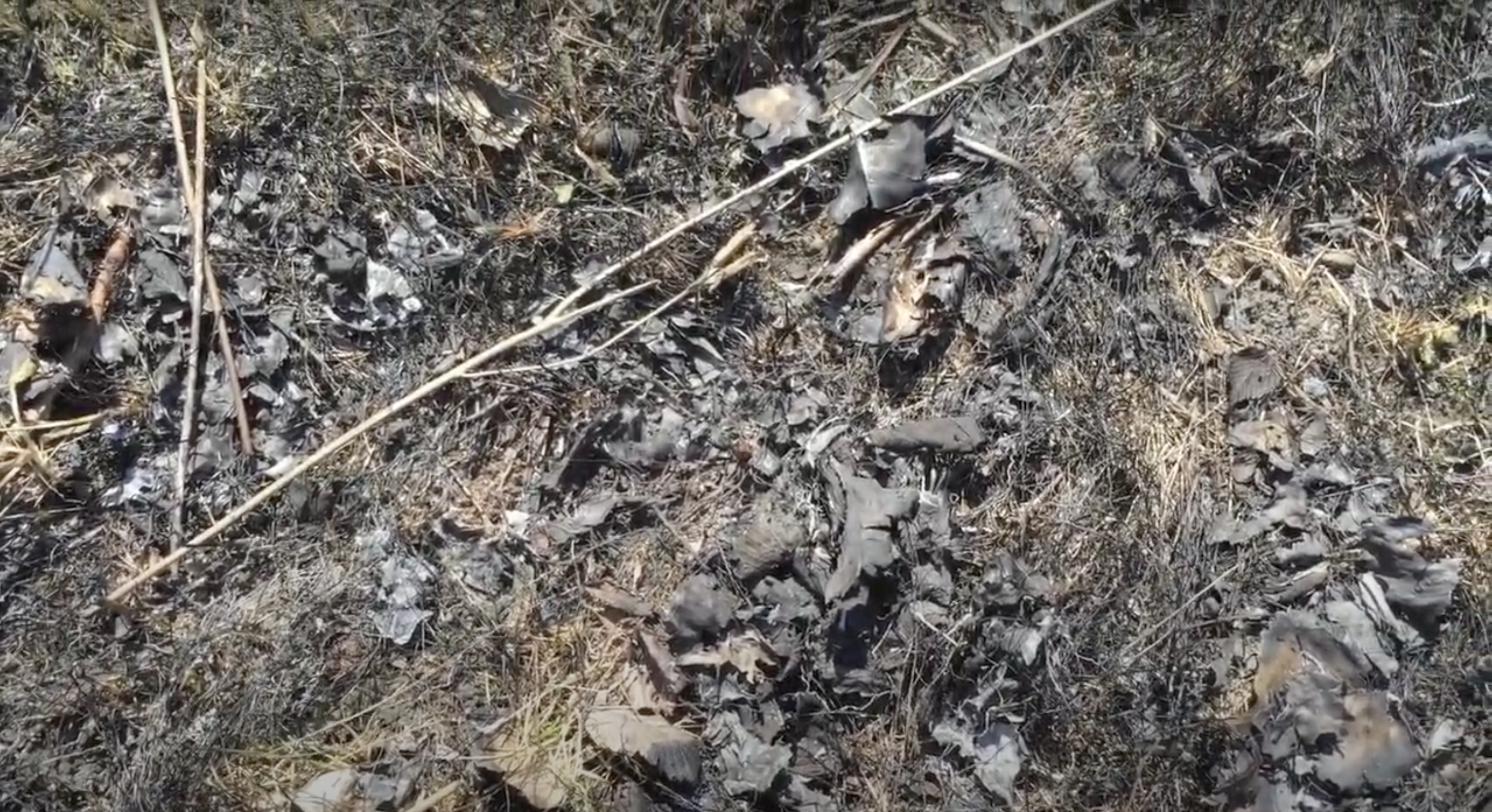
Norman W. Long
vanvlissingen (afterburn)
Video, color, stereo
6 minutes 43 seconds
2017
This work is a part of Van Vlissingen Prairie (video album), which was a single channel video installation with projection and speaker placements featuring the sound ecology of Van Vlissingen Prairie within the South Deering community area on the South-Side of Chicago. South Deering is majority African-American and Latinx. Home to the Joseph H. Brown Iron and Steel Company in 1875 (to be known later as Wisconsin Steel). South Deering was a major industrial hub attracting Irish, Welsh, and English workers at first, followed by Swedes and Germans. After 1900, new settlers arrived from Eastern and Southern Europe. African Americans and Mexicans came following the civil-rights laws banning discrimination in housing and employment. When the mills began shutting down, the community fell into a deep economic depression with many families relocating to other states.
It was my response to a LOUDSPKR/Volume artist call for sounds of the recession in 2009 that started my interest in recording my neighborhood (South Deering/Jeffery Manor). The question of what is the sound of recession haunted me for a couple of days. Especially since I am one of many African Americans who had been hardest hit by this recession and lives on the South-Side of Chicago, which is predominately African American. The recording of my neighbors setting off firecrackers, roman candles, etc. in the rain is a response to the economic silencing a recession does to a community. I see/hear the fireworks as a celebration of existence more than a celebration of freedom, liberty and or patriotism.
My interest in Van Vlissingen Prairie or the Marian R. Byrnes Natural Area stemmed from a screening of a short documentary I saw while attending graduate school at Cornell University. This particular documentary was about Byrnes’ successful attempt to preserve local prairie land from being built on by the Chicago Transit Authority. The City of Chicago does plan on restoring the prairie and installing trails in the future.
My interest lies in the progression of the ecological restoration and maintenance of this space. My expectation, as the site is restored via soil remediation, walking paths created, removal of invasive plant species, and introduction of native species the soundscape will also change incrementally. There has been a controlled burn recently. Shortly after the burn I made audio recordings from contact microphones placed within the scorched earth. This is one of the examples of field recordings I have made for this video album. In some pieces I mixed field recordings with analog synthesizers weaving in and out of the post industrial noise coming from the adjacent rail yard, local residences and the local ecology of birds and singing insects. This soundtrack questions the notion of what a Black Community sounds like and what a community is. These videos challenge notions of landscape by bypassing the pictorial and the beautiful, defining landscape as a complex matrix of networks and systems. Some videos are glitched referring to the less than ideal landscapes and soundscape conditions and the layering and slippage of time. By challenging the traditional way of documenting and defining landscape we begin to listen to how soundscapes define our communities and who we are.
–– Norman W. Long
Norman W. Long's practice is informed by a diverse array of disciplines, including walking, listening, teaching, improvisation, performance, recording, and composition. This approach aims to engender dialogues with audiences on memory, place, ecology, race, culture, value, silence, and the imperceptible. Long's work is deeply influenced by the interdisciplinary practices and ideologies of 1970s artists, musicians, critics, and designers, particularly drawing from Rosalind Krauss' seminal article "Sculpture in the Expanded Field" and the theoretical framework of acoustic ecology developed by R. Murray Schafer.
The sonic landscapes in Long's oeuvre find inspiration in Black music genres such as house and techno, 'free jazz,' Great Black Music, Herbie Hancock's Mwandishi, Pauline Oliveros, King Tubby, Dub, as well as the experimental sounds of artists operating between and outside traditional genre boundaries. Long's strategies for improvisation and composition are informed by Samuel R. Delany's palimpsest text "Plague Journal" from the novel "Dhalgren" (Science Fiction) and "Atlantis: Three Tales" (Fiction), along with Mark Bradford's artistic process as observed in his 2011 survey at the Museum of Contemporary Art: Chicago, which emphasizes collecting, collaging, scraping, and pasting materials sourced from his community in Los Angeles.
Long earned an MFA from the San Francisco Art Institute in New Genres (2001) and a master's in Landscape Architecture from Cornell University (2008). His artistic practice has been showcased at various prestigious venues including Columbia College's Glass Curtain Gallery, Experimental Sound Studio, Kavi Gupta Gallery, Yale University's Center for Collaborative Arts & Media, The Renaissance Society, the 2022 High Zero Festival in Baltimore, MD, the Chicago Humanities Festival, the Chicago Cultural Center, and the 2021 Chicago Architecture Biennial. He has participated in residencies at EMS in Stockholm, Djerassi Foundation and Yucca Valley Material Lab in California, and AS220 in Providence, RI.
Long has been the recipient of a ThreeWalls RaDLab fellowship and commission for his works "Neighborhood Listening Garden" and "Re-Membering/Re-Presencing." He has performed and toured with Angel Bat Dawid and the Brothahood, and collaborated with a diverse range of artists including the Ali/Harris/Long/McKenna group, Spectralina, Todd Carter, John Daniel, Xris Espinoza, Carol Genetti, Damon Locks, Tatsuya Nakatani, Joe Namy, Cristal Sabbagh, and Sara Zalek. His compositions have been released on various labels, including Hausu Mountain, Reserve Matinee, LINE, Rural Situationism, and Room40, with his latest solo release, "Calumet in Dub," available on Blorpus Editions. For more information and work, please visit normanwlong.bandcamp.com and normanwlong.wixsite.com.
This work is shared by Roman Susan as a part of Evergreen at 4750 N Sheridan Road, Chicago IL.